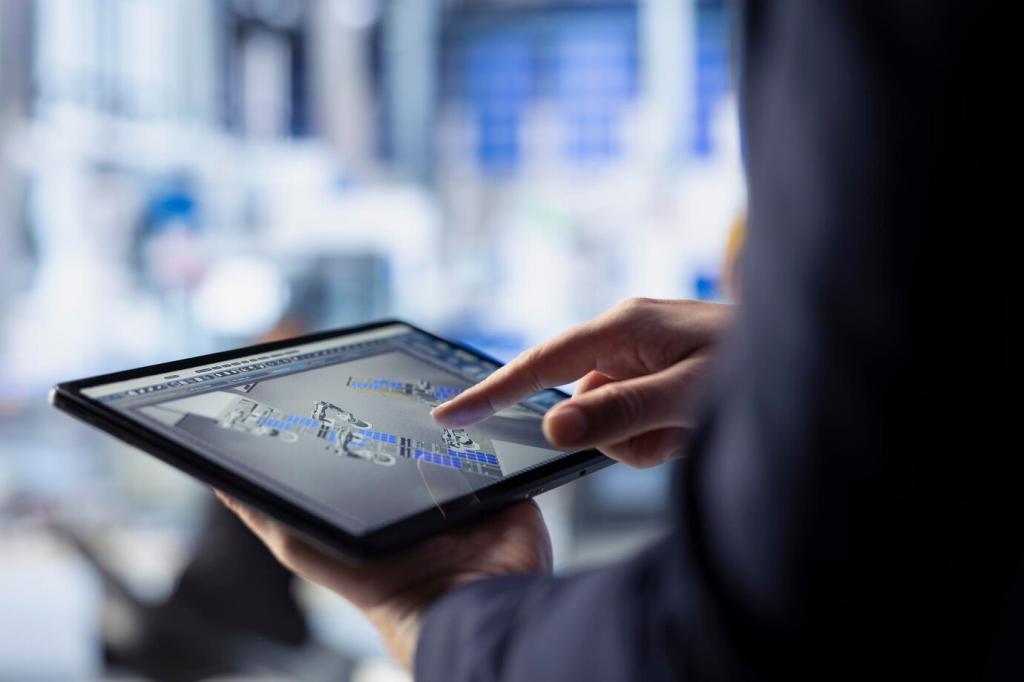Communicate Results and Enable Decisions
Lead with a one-page summary that links findings to revenue, customer trust, and regulatory posture. Use plain language, a crisp risk heat map, and before-versus-after metrics to turn technical details into clear decisions the leadership team can endorse immediately.
Communicate Results and Enable Decisions
Include reproducible steps, evidence snapshots, and configuration diffs for each finding. Engineers should be able to replicate tests within minutes, understand root causes, and implement fixes without ambiguity, shortening time-to-remediation and reducing the chance of regressions.











